If you have ever felt lost or stuck in conversations with others, you can easily turn it around by using the Helicopter Technique Metaphor.
This post was authored by Anne-Maartje Oud and Joe Navarro.
We’ve all been there. Stuck in a difficult conversation. Whether you are a manager mediating a conflict between team members, a parent figuring out what happened between playmates, or a sales representative trying to understand a disgruntled customer.
Suddenly there is this moment in the conversation where unexpectedly you get stuck. The facts may not be clear, each side is saying something different, and you don’t know what to do or say. Try out the “Helicopter Technique”; it’s perfect for those occasions.
The helicopter, in this case, is merely a metaphor to remind us of all the things you can do during a difficult conversation to get unstuck, move about, and maneuver. And like a helicopter, you don’t have to go in one direction, you can quickly maneuver, circle out wider to encompass more details, go high for a better overall view, draw near for greater focus, or even fly backward to revisit a topic.
It is also a reminder that you have a license to be more agile in your approach, where you can try different vectors to get information or to get people to open up.
The helicopter technique or analogy is a helpful image in those moments when you feel like you are not making progress when feelings overwhelm, or emotions start to dominate. In those moments when you feel that something different is needed, let that image of the helicopter act as a mental catalyst to get you back on track.
Helicopter Technique: Here is how it plays out in practice:
1. Flight agility
A helicopter basically can go anywhere, with precision, and you don’t even need a runway. People try to prepare for “difficult” conversations, and it is recommended, but that’s not always possible. Sometimes you’re suddenly in the middle of something you were not expecting, and it is up to you to bring clarity.
If you get stuck, think of that agile helicopter. It can reassure you and remind you: I got this, I can lift off and take a look from above, take myself out of it for a minute, circle about while I think about what to do next. Just like a pilot, take the time to develop situational awareness so that you can better engage but always in control even if at the moment we are not making headway.
Related: The Art of Conversation: 25 Great Conversation Starters
2. Precise yet delicate steering
Flying a helicopter requires that you be focused while fully engaged. You need both hands and both feet to subtly steer. This metaphor helps us to remember that during a difficult conversation, we need to be subtle and thoughtful, with a focused mind, but we also need to be precise. Make sure you are calm and neutral.
Your phone is off, your desk is clear, make sure you take notes if necessary. Be aware of your own body language. Show an engaging posture and make eye contact. Nuance is key to flying helicopters and also for dealing with others—your movements are smooth as is the conversation.
3. Flying high
Flying high gives us an opportunity to have a greater overview. You can look at content/feelings/thoughts/setting like a helicopter from above. You assess the situation more broadly to see what else or who else is a factor. You listen and observe by expanding the view as if high above.
Analyzing all the topics that are mentioned or not mentioned while also looking at nonverbals. Ask exploring questions to create an outline of the “problem.” As with a helicopter, you want to have a general familiarity with the general area as well as where you are headed.
4. Flying low
Flying low is an analogy for taking the opportunity to scrutinize the matter being discussed with greater precision. When you see or hear something that stands out, you go into detail during the conversation.
What needs to be investigated according to you? Ask exploring questions. “What do you mean by that? Could you elaborate on that? Why do you raise your voice on this particular topic? As with a helicopter, flying low makes you see the details that need greater scrutiny.
5. Hovering
A helicopter has the amazing ability to stay in one place virtually motionless. Hovering gives you that extra time to observe and analyze more deeply. When using this technique, you pause and don’t say anything. You loiter. You listen, watch and observe, but you do not act.
Sometimes we need to hover to get the facts straight. We are there but just off to the side as participants talk and discuss. We use silence strategically to get others to open up.
Related: 48 Deep Conversation Starters To Know Someone Better
6. Flying backward
During the conversation, you might want to take a step back. Explore what has already been said or reported. For example, you ask the person to repeat what was just said. Or you see something non-verbal you want to address.
If the person rolls their eyes when asked a question, without revealing what you saw you ask, “How do you feel about what I just asked?” As rolling of the eyes is often associated with disregard or contempt. As with flying a helicopter, you have the freedom to “back it up” and revisit a topic of interest.
7. Getting out of the helicopter
As with a helicopter, some offices are too noisy or there are too many distractions. So, you land, get out and go for a walk or go to a different setting. You are in control and if it requires a private space, a quiet place, you figuratively land and find that perfect place to conduct your interview.
A bad location can be as adverse for an interview as bad weather is for flying.
8. Flying away
You are the pilot in this conversation, and you have a choice. You don’t have to have a difficult conversation there and then. You can take a break. You can leave the setting. You might choose to stop the conversation because of rising and intense emotions. You might feel you are not focused enough, or you might want to take the time to think about possible solutions.
You can always ask to meet up at a different time and place. You can even grab a cup of coffee for a few minutes. Sometimes it is better to fly away and do the interview another day.
9. Limiting baggage
Sometimes it is helpful to remember what happened in the past. What’s dragging down this difficult conversation? How much emotional baggage or cargo do the parties involve bring to this conversation? How long have they been intransigent or even feuding—hours, days, months?
Heavy cargo keeps a helicopter from flying, so too from solving problems. Resolve to unload the emotional baggage first.
10. Chart the course
After the conversation, you still have the responsibility to orchestrate your next steps. You consider what has been said, what else needs to be done, and how you desire to accomplish that. Perhaps it is more interviews or more facts that are needed or merely the opportunity to take action.
As with any flight, you prepare in advance for what is next, and that helicopter image reminds you that planning is key.
Related: The Eight Levels of Disclosure That Will Help You Extend A Conversation
Conclusion
For most of us, we can get by without having to resort to formality, even with difficult conversations. But if you ever get stuck, think of that image, that helicopter and what it can do, and remind yourself, “I got this, I actually have a lot of options available to me”—there is a way through.
Anne-Maartje Oud is the founder and director of The Behaviour Company, a worldwide consultancy on best practices and human behavior. Anne-Maartje Oud may be reached directly at [email protected] or on Twitter @BehaviourC. Find out more about live training events in 2020 here.
Joe Navarro, M.A. is a 25-year veteran of the FBI and is the author of What Every BODY is Saying, as well as Louder Than Words and Dangerous Personalities.
Copyright © 2020 Anne-Maartje Oud and Joe Navarro.
Written By Joe Navarro
Originally Appeared In Psychology Today
Copyrights Owned By Joe Navarro
The helicopter technique can help you tremendously in having confident conversations with people, and will also help you take charge. The moment you feel lost or under pressure, take a moment and use the helicopter technique to gain control of the conversation. With time, you will see that even the most tricky conversations become easy to navigate with this effective helicopter technique.
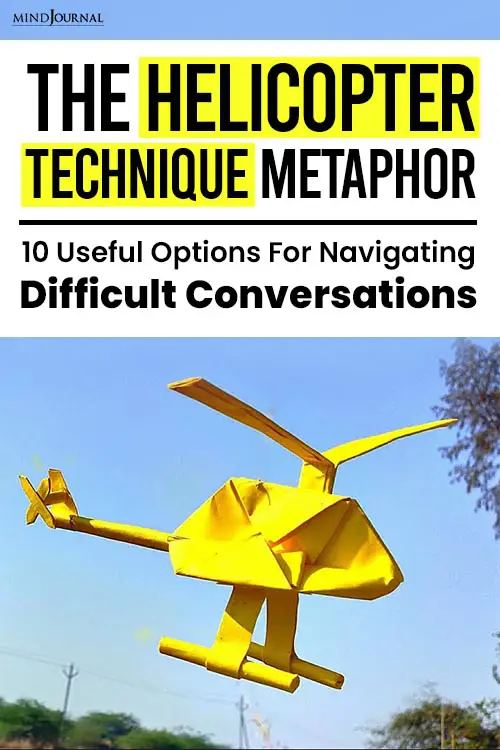
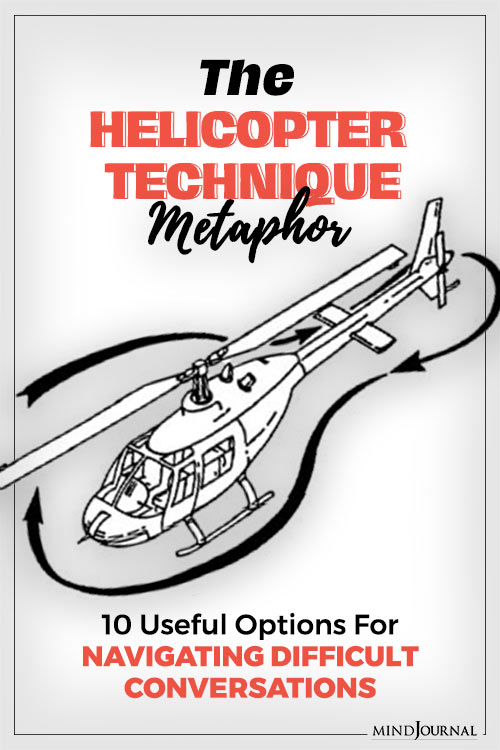
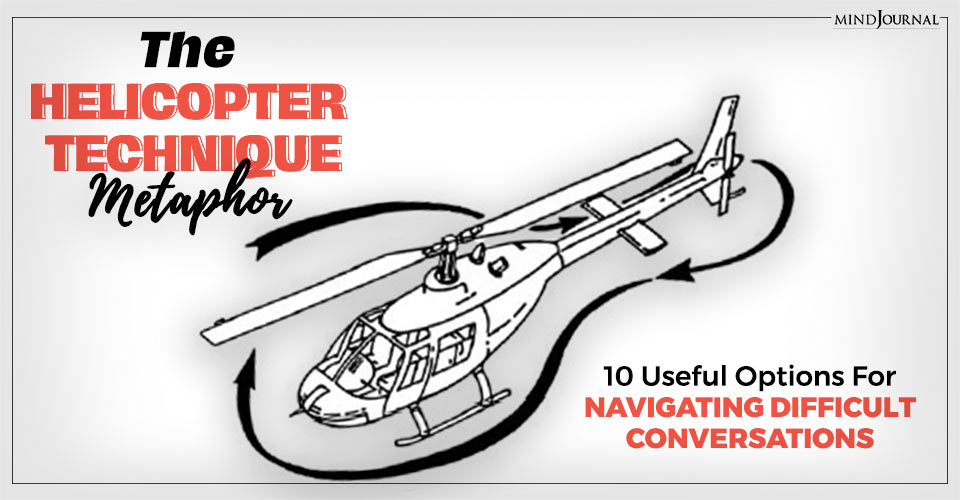


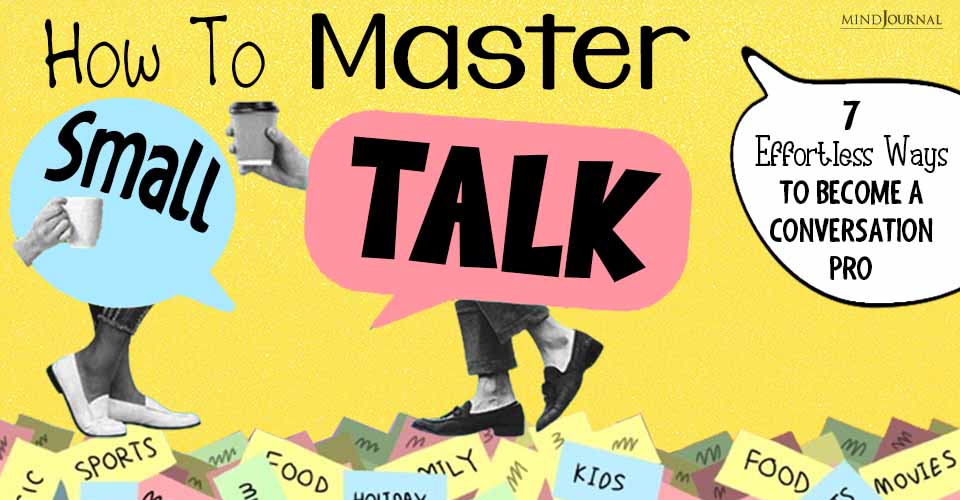
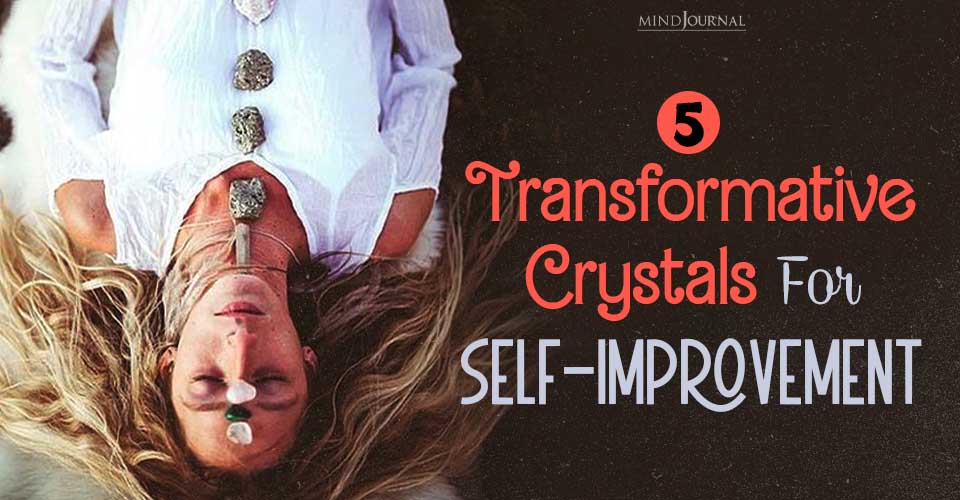
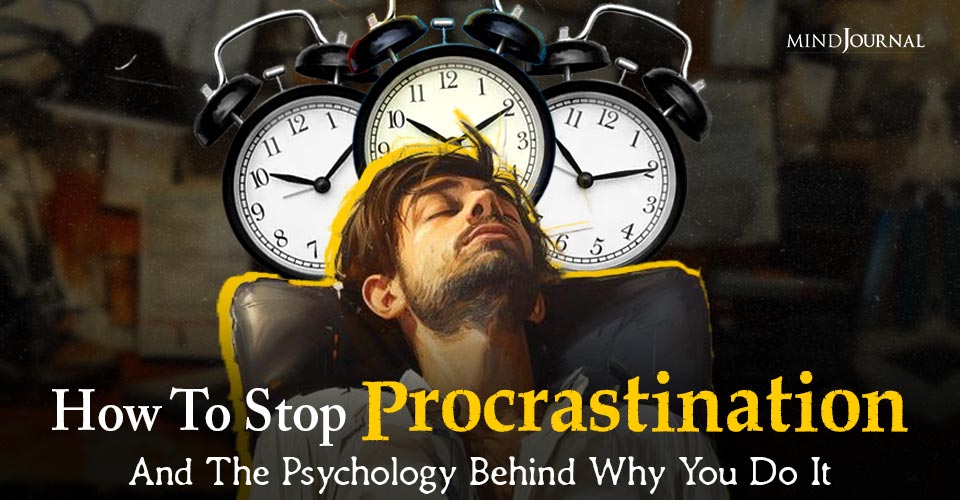


Leave a Reply
You must be logged in to post a comment.